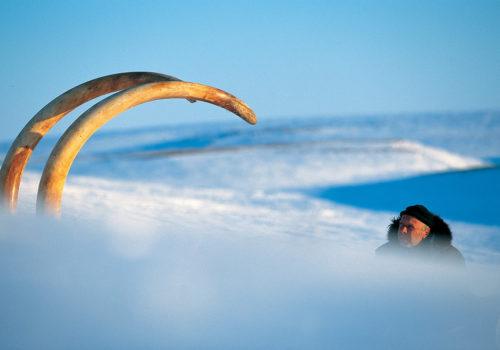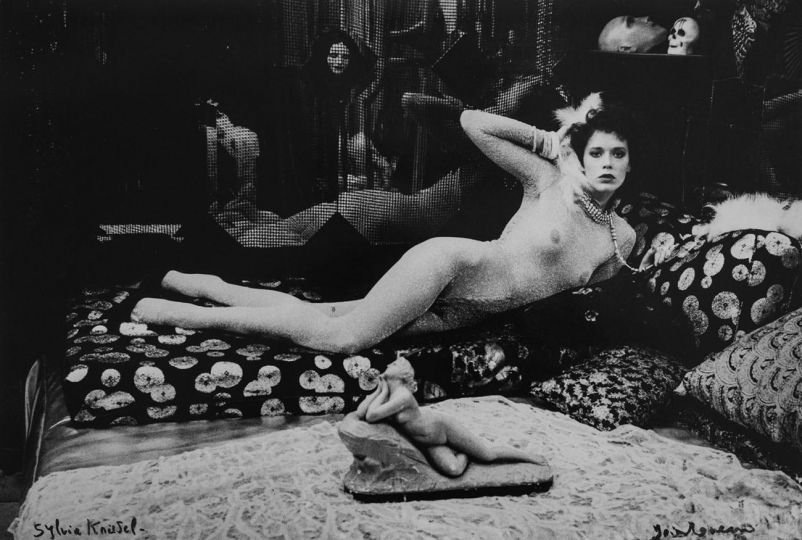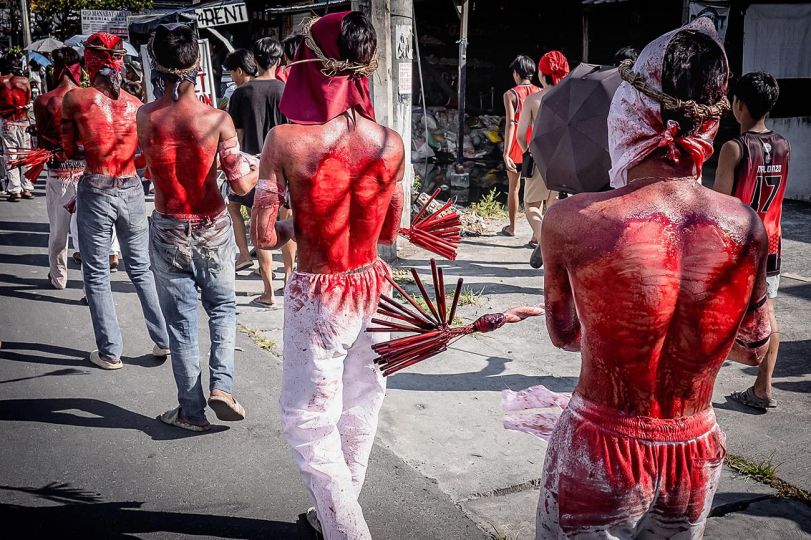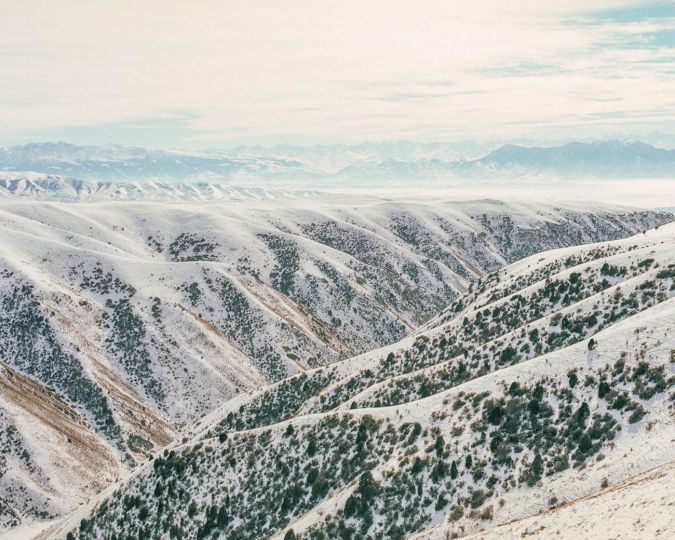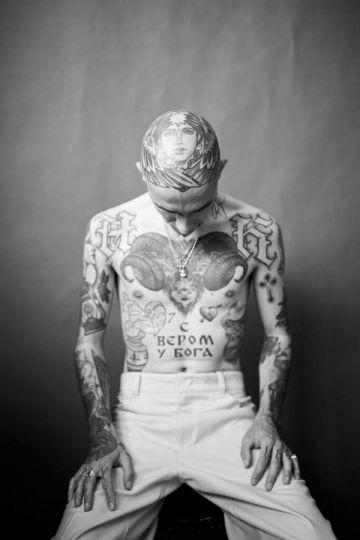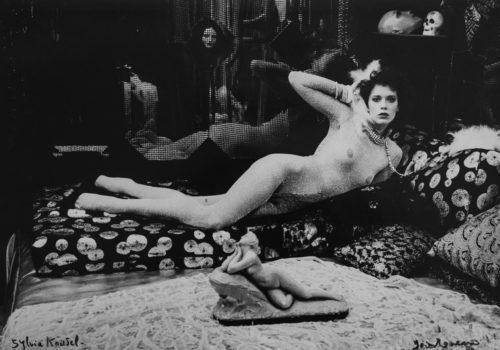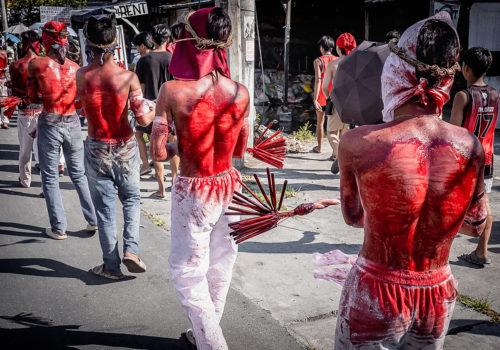In Gien, the castle overlooks the roofs of the city and dominate the Loire which flows, to the rhythm of the seasons, more or less lazily. A soothing gentleness is required since automobile transits are asked to cross the river outside the walls of the city and its venerable bridge. For once it is possible to approach an exhibition with a liberated and relaxed mind, without having to rush out of a subway entrance or a car eager for a parking space. It is always wise to share when we encounter such miracles. They are becoming increasingly rare.
This exhibition awaits us from the exterior gates and inside the Château Musée de Gien. A very beautiful monument, of a particular Renaissance style, which was miraculously spared (yet another!) during the terrible bombings of 1940 which ravaged the entire city center. The very large church, almost adjacent to the castle, was included in the destruction. For the record, it is useful to know that after its acquisition by the Loiret department, this building found itself, at the same time, subprefecture, court and prison. It was not until the middle of the twentieth century that it was redeveloped into a museum castle by its owner.
This very serene setting is set to accommodate, in a temporary presentation, a series of photographs by Francis Latreille, himself from the suburb (south bank) of Gien.
If the setting alone is worth the trip, this temporary exhibition requires a visit for photography enthusiasts and lovers of Arctic lands. A great photographer reporter, Francis has built a solid reputation as a specialist in the far north. His regular expeditions with Jean-Louis Etienne consolidated his reportages on the extractions of Siberian permafrost, in particular those concerning mammoths. His photographs have been visible in newspapers and magazines around the world, both for specialists and the general public. We have all seen images of Francis, without paying attention to who the author was. As was the case for many of his colleagues whose names remained very discreet behind their works.
After the description of the reception area and the photographer, let’s focus on the essential thing that matters to us: the photographs. Apart from the curatorship and scenography of this exhibition judiciously adapted, by Olivier Marchand, to the specificity of the spaces; the choice and quality of the prints (but yes, there are still some good exhibition prints) allows for a successful emotional and educational immersion.
Then, the analysis of each shot (an essential step for major press reports) reveals everything that needs to be done to achieve good images. The constraints that are essential to master in their entirety. Imagine that you are at minus 25 degrees Celsius, with a metal camera and films whose essential component is gelatin. Every 36 frames you need to change the film in the camera. Managing variable lights in a completely white setting constantly requires the light meter installed in your photographer’s head. The composition of the image which determines the value of the message requires mastery of your graphic reflexes at all times. In summary, the current imperfect improvisation present in almost all exhibitions, called contemporary art, is not appropriate neither in the Arctic nor in the photographic testimonies of Francis Latreille.
Each of his photograph prevails on the author. Which in no way prevents the whole, in its coherence, from highlighting the work of one of the great light tamers of his generation. He is one of those surveyors of the planet whose names do not necessarily make the front page of the iconographic JetSet, but whose photographs raised the awareness on our planet and have informed the majority.
Thierry Maindrault
EXHIBITION
Château de Gien
Musée de la Chasse
1 place du chateau
45500 Gien
Wednesday to Monday from 01:30 pm to 06:00 pm
open September 01,2024 until february 28, 2025
the exhibition will be closed all month of January 2025.
BOOK
Francis Latreille « les derniers peuples des glaces »
publisher Gallimard
232 pages
137 colour, black and white photographs
size 24 x 29 cm
illustrated hardback binding with dust jacket, satin coated paper
ISBN 978-2-7424-6056-4
35.00 euros

